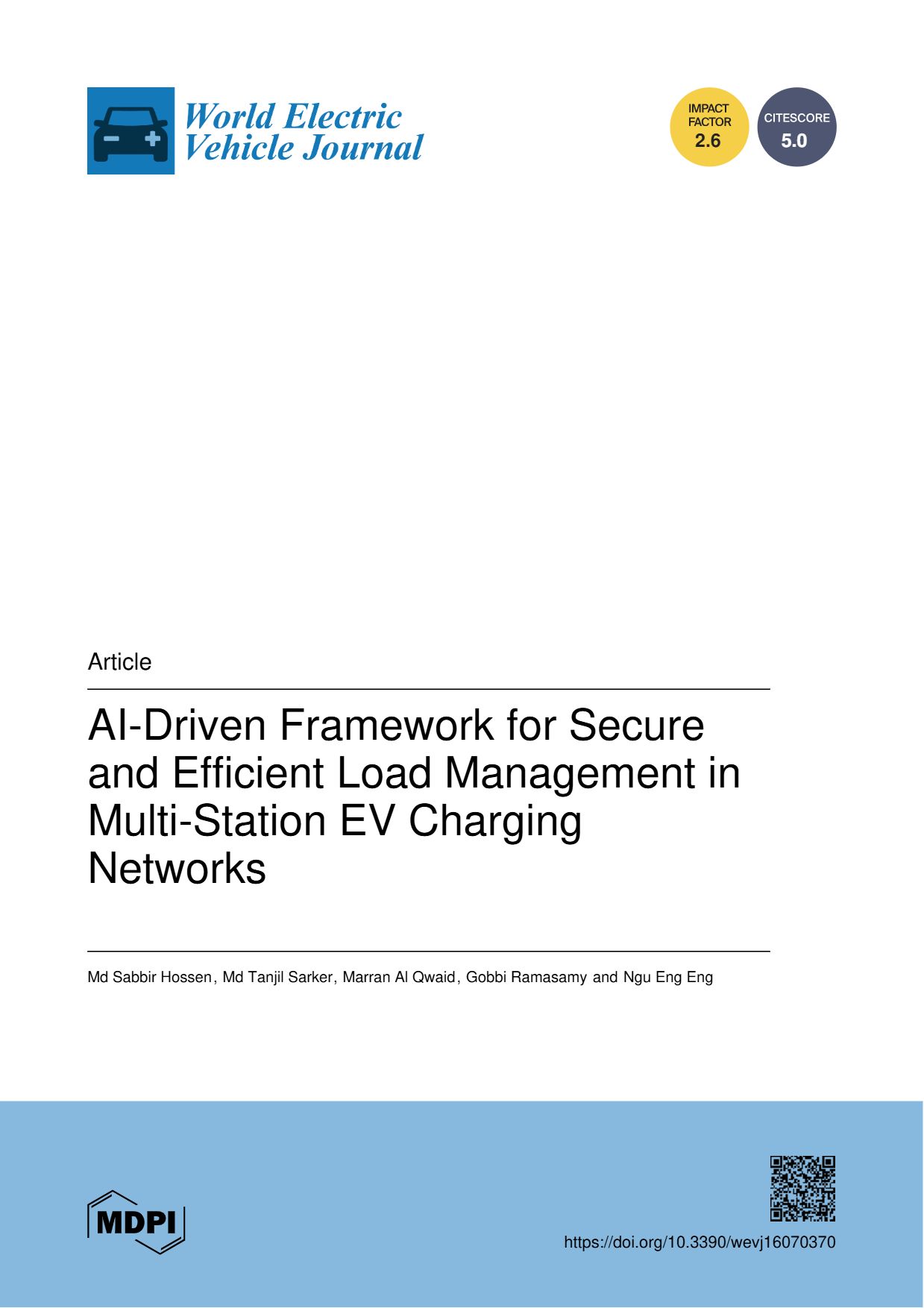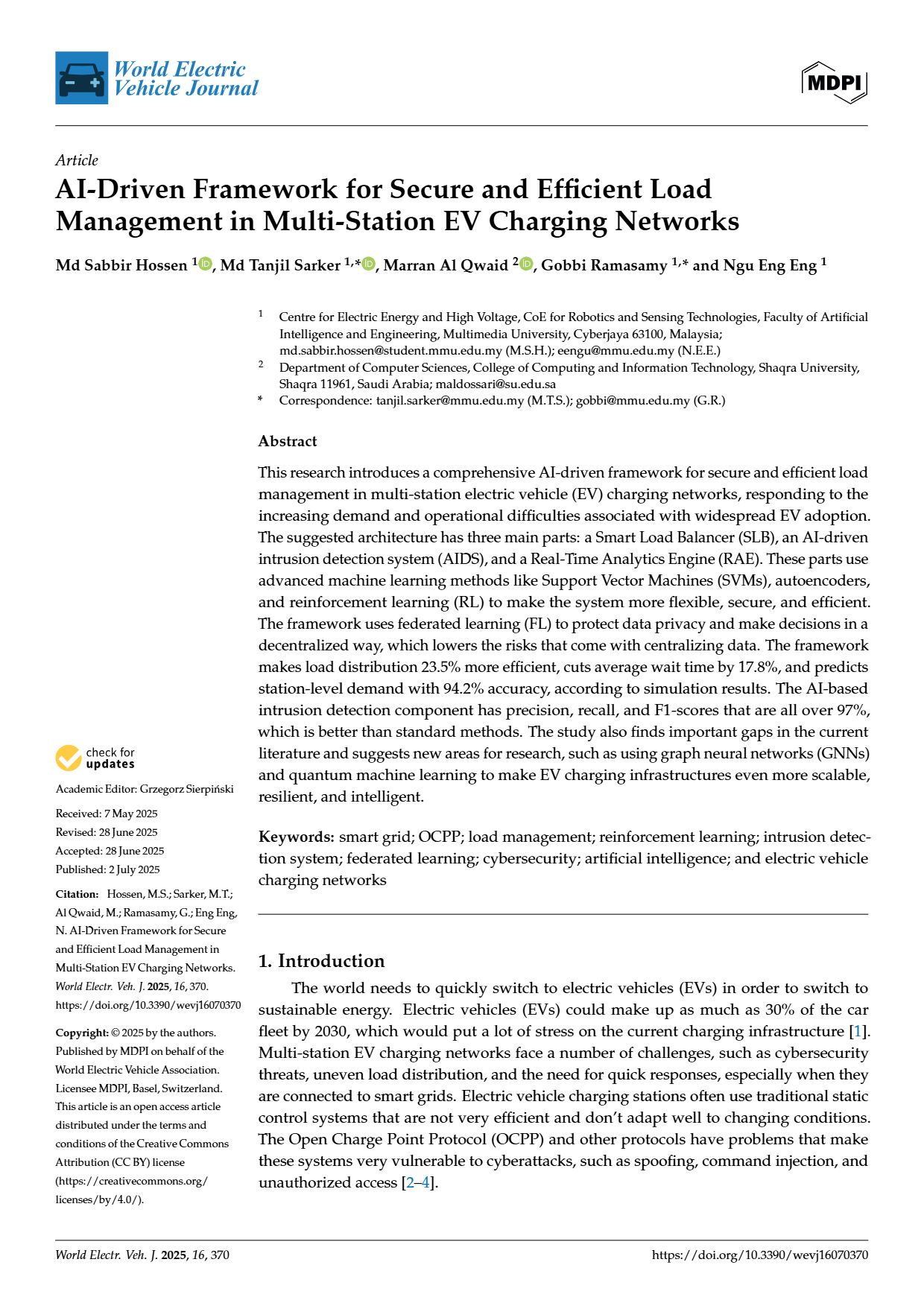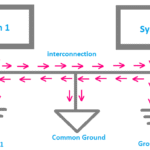

This research introduces a comprehensive AI-driven framework for secure and efficient load management in multi-station electric vehicle (EV) charging networks, responding to the increasing demand and operational difficulties associated with widespread EV adoption. The suggested architecture has three main parts: a Smart Load Balancer (SLB), an AI-driven intrusion detection system (AIDS), and a Real-Time Analytics Engine (RAE). These parts use advanced machine learning methods like Support Vector Machines (SVMs), autoencoders, and reinforcement learning (RL) to make the system more flexible, secure, and efficient. The framework uses federated learning (FL) to protect data privacy and make decisions in a decentralized way, which lowers the risks that come with centralizing data. The framework makes load distribution 23.5% more efficient, cuts average wait time by 17.8%, and predicts station-level demand with 94.2% accuracy, according to simulation results. The AI-based intrusion detection component has precision, recall, and F1-scores that are all over 97%, which is better than standard methods. The study also finds important gaps in the current literature and suggests new areas for research, such as using graph neural networks (GNNs) and quantum machine learning to make EV charging infrastructures even more scalable, resilient, and intelligent.
The world needs to quickly switch to electric vehicles (EVs) in order to switch to sustainable energy. Electric vehicles (EVs) could make up as much as 30% of the car fleet by 2030, which would put a lot of stress on the current charging infrastructure. Multi-station EV charging networks face a number of challenges, such as cybersecurity threats, uneven load distribution, and the need for quick responses, especially when they are connected to smart grids. Electric vehicle charging stations often use traditional static control systems that are not very efficient and don’t adapt well to changing conditions. The Open Charge Point Protocol (OCPP) and other protocols have problems that make these systems very vulnerable to cyberattacks, such as spoofing, command injection, and unauthorized access.

